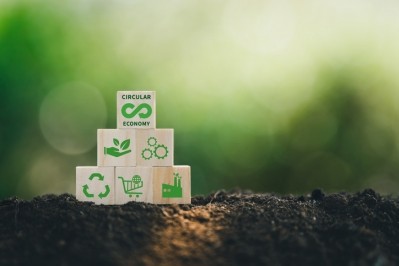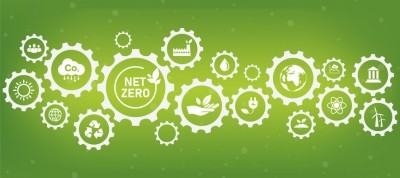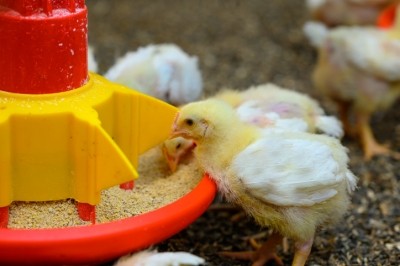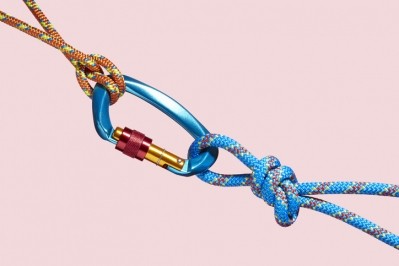Change to regulation around use of PAPs in feed set to come into force in autumn
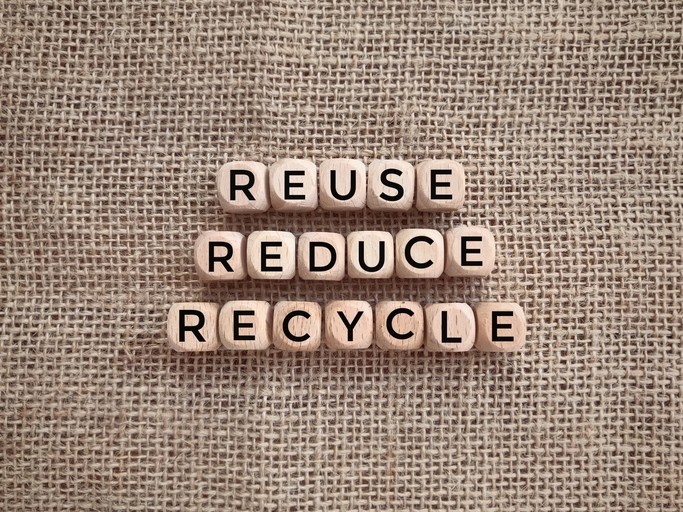
On Tuesday [June 22] the Committee on the Environment, Public Health and Food Safety of the European Parliament (ENVI) backed the draft Commission Regulation amending Annex IV to Regulation (EC) No 999/2001 - also known as the BSE regulation - that would lift the ban on using pig PAPs in poultry feed, poultry PAPs in pig feed, insect PAPs in pig and poultry feed, and ruminant collagen/gelatin in non-ruminant feed.
The regulation had been given the green light by the member states in April, leaving MEPs three months to scrutinize the text and raise an objection before it came into force.
Piernicola Pedicini, an Italian MEP in the Greens group, had sought to build a majority in the parliament’s environment committee to record an objection, but was unable to garner such support.
“The proposed measure will unfortunately not solve our dependency on soybean imports for animal feed and it does not push for a positive shift towards extensive farming,” according to a story in The Guardian citing the Italian politician.
There has been a ban on the use of PAPs in animal diets in the EU since 2001, following the BSE crisis. The ban was lifted on the use of such proteins in fish feed in 2013.
Milestone for insect protein sector
IPIFF president, Adriana Casillas, commented: “The upcoming authorization represents a relevant milestone for our sector, as it will unlock two of the key markets targeted by insects as feed producers. It will therefore be instrumental in upscaling the European insect sector.”
According to IPIFF, the authorization of insect PAPs in poultry and pig feed would contribute to improving the sustainability of the European livestock sector as well as making it more competitive. It would also enable a reduction in EU’s protein deficit. “More widely, it would improve the resilience of agri-food supply, in line with the objective of the EU Farm to Fork strategy and of the new Circular Economy Action Plan,” remarked IPIFF vice president, Aman Paul.
He said insect producers have worked closely with academia and feed manufacturers to develop products that are aligned with the nutritional needs of poultry and swine animals.
“We look forward to offering local solutions to pig and poultry farmers involved in both conventional and organic production,” added Christophe Trespeuch, chair of the IPIFF working group on feed hygiene and animal nutrition.
The final procedural steps on the regulation should be completed in the next weeks, with formal adoption by the College of Commissioners expected at the end of the summer.
Pig PAPs in poultry feed, poultry PAPs in pig feed
Meanwhile, Bruno Menene, policy advisor at EU farming lobby group, Copa and Cogeca, told this publication in April: "Many pig and poultry farmers are looking forward to having access again to [pig and poultry derived] proteins, which are really interesting from a nutritional point of view as PAPs constitute an important source of phosphorus-rich and highly digestible proteins.
“Nevertheless, the strict rules established to avoid cases of cross-contamination, such as dedicated single-species feed production facilities, and the issues with the analytical tools to control their enforcement, means that the investment for the production of those PAPs might be complicated at first and thus their development might take some time.”
The regulation requires that only feed for species for which the use of poultry PAPs is permitted can be produced on the same site and vice versa for pig PAPs. And FEFAC says the number of feed mills that are 100% dedicated to pig feed or to poultry feed is extremely low.
Martin Alm, technical director of the European Fat Processors and Renderers Association (EFPRA), the trade group that supports PAP raw material suppliers, acknowledged that it will be somewhat of a slow process in terms of feed manufacturers adapting their facilities to enable formulation with these raw materials. The opening up of the EU market won’t happen overnight, he said.
Alm also reckons there needs to be greater awareness raising around the nutritional value of PAPs as they have been so long out of circulation in terms of feed ingredients for use in formulations in Europe. “We have to educate the feed mills, give them an overview of our product, make them aware of it again.”
